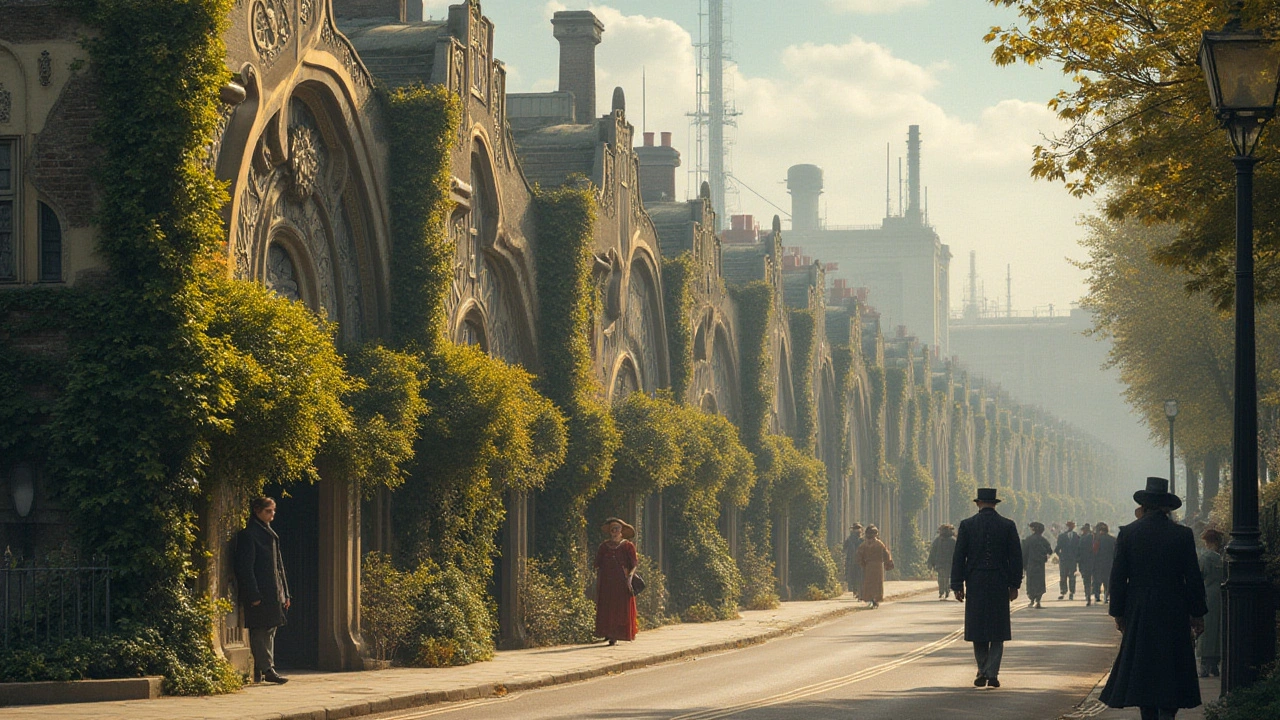Art Nouveau architecture goes beyond mere decorative embellishment, embodying a revolutionary movement that transformed both aesthetic principles and architectural practices in the late 19th and early 20th centuries. This captivating style emerged as a response to industrialization, emphasizing organic shapes and detailed ornamentation. Each building is a celebration of craftsmanship, with unique elements and materials that merge functionality with artistic flair. This article delves into the history, key features, notable structures, and enduring impact of Art Nouveau, offering a deeper understanding of this iconic design movement.
Decorative Style: How to Read and Use Ornament in Architecture
One cornice, column, or tile pattern can tell you the era of a building. Decorative style isn't just about looking fancy — it's a set of clear features you can learn to spot and use. This page helps you recognize popular decorative styles and gives simple ways to bring them into a home or restore original details without guessing.
How to spot decorative styles
Start with the silhouette. Is the facade strict and symmetrical with columns and pediments? You're likely looking at Greek Revival or Beaux-Arts. Do you see heavy curves, lots of sculpture, and dramatic shapes? That's a Baroque or Beaux-Arts influence. Small, simple decorative touches like exposed beams, tapered porch posts, or visible joinery point to American Craftsman. For modern ornament, look for exposed systems and glass — that’s High-Tech. Learning the main clues lets you identify a style fast.
Look closer at details. Cornices, moldings, window shapes, door surrounds, and tile patterns are the real fingerprints. For example, dentil moldings and sash windows often mean Georgian influence. Oval or circular windows, bold cornices, and carved stonework can signal Renaissance or Colonial heritage. Colors and materials help too: terracotta and stucco are common in Mediterranean Revival; carved stone and marble appear in Beaux-Arts and Renaissance styles.
Use decorative style in modern spaces
Want the look without turning your house into a museum? Pick one or two authentic elements and apply them with restraint. Add period crown molding, swap plain hardware for brass knobs with a classic profile, or use patterned floor tiles in an entryway. These tweaks give the room character but keep it livable.
If you’re restoring, start by documenting what's original. Photographs, measured sketches, and matching materials are your best friends. When full matching isn't possible, use complementary new materials that echo the old shapes — a modern cornice with a simpler profile can blend into a historic room without faking history.
Budget-friendly moves deliver big impact. Paint details in contrasting colors to highlight moldings. Replace lighting with fixtures that reference the era without copying it exactly. For exteriors, repair and repaint trim before replacing it; often the shape is fine and only the finish needs attention.
Mixing styles works when you keep scale and rhythm consistent. If you pair a highly ornate Beaux-Arts mantel with ultra-minimal furniture, balance the room with a few soft, plain textiles and simple lighting. The ornament should be the focal point, not a fight for attention.
If you want deeper examples, check articles on Beaux-Arts, Greek Revival, Colonial, and Renaissance styles to see clear photos and spot-by-spot guides. Decorative style becomes useful when you treat ornament as a tool — pick a feature, keep it honest, and the result will feel intentional and original.

